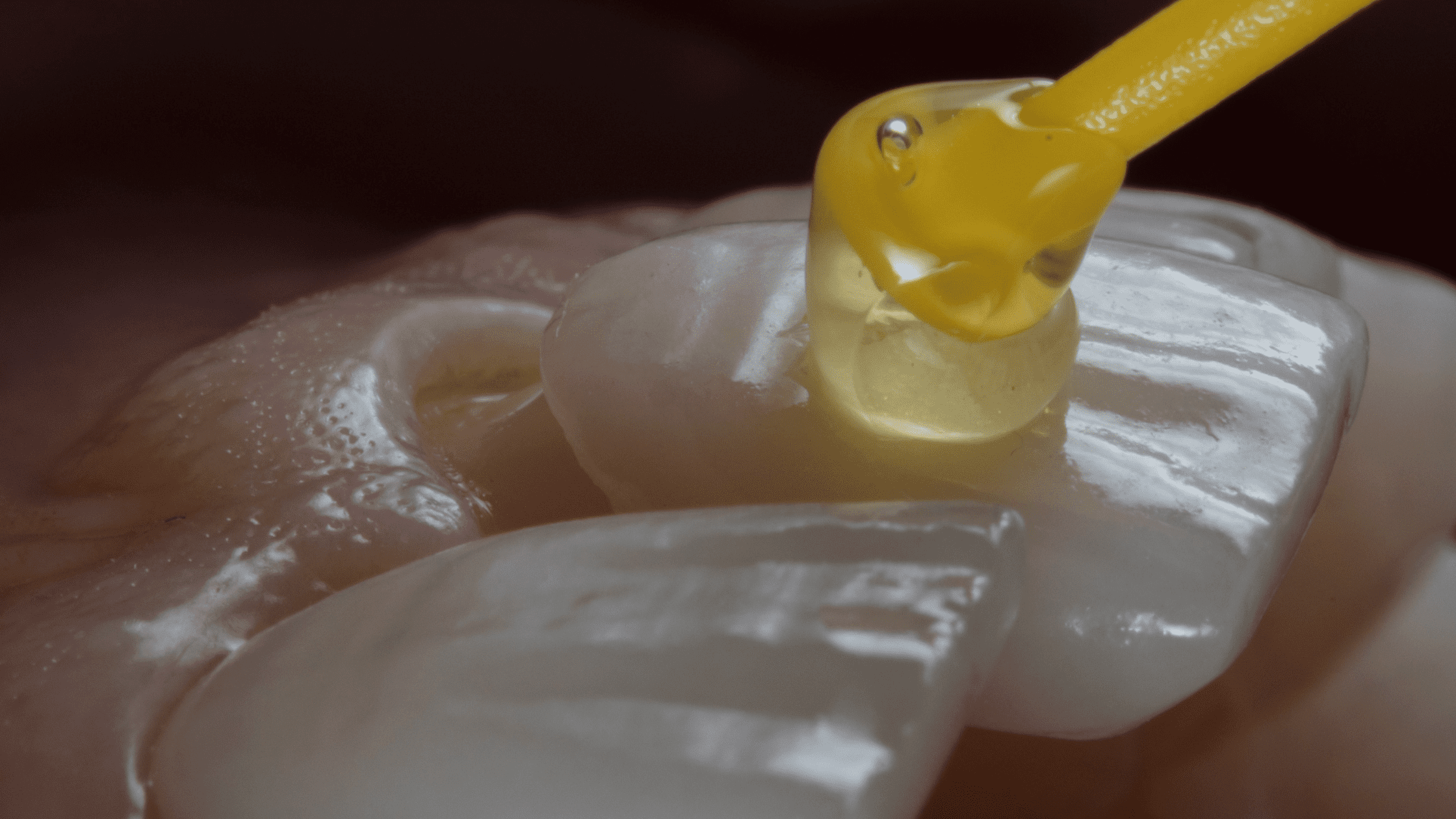9:30 AM - 5 PM
10 am - 7 pm
11 AM - 7 PM
9:30 AM - 5 PM
10 am - 4 pm
Closed

Veneers are a type of cosmetic dental procedure which help to greatly improve the visual appearance of the teeth.
There are many reasons why patients may choose to get veneers. Perhaps they have chipped or stained teeth that they would like to cover up. Or maybe their teeth are crooked or disproportionate and they want them to look more uniform.
Dental veneers can be used to fix a wide variety of dental problems, including chips, stains, and even gaps between teeth. In fact, dentists often prep teeth for veneers by removing a small amount of enamel material. This process can sound scary, but it's actually quite safe and routine.
In this article, we will take a closer look at how teeth are prepped for veneers. Keep in mind that every dentist may do things a bit differently, so if you have any questions, be sure to speak with your own practitioner.

In order for your dentist to create veneers that suit your smile, they need to re-shape the surface of your teeth. They will only need to do this for your teeth that are getting veneers, this could be your visible front teeth, or simply, one tooth. Veneer prep will not be required for every tooth in your mouth if you are not getting a full set of veneers.
Before your dentist can start work, your teeth will be cleaned and polished in order to remove any plaque or tartar. This can help to prevent any potential infections or cavities and it will also ensure your dentist gets an accurate mold of your teeth.
Once your teeth are clean and polished, your dentist will take a mold of your teeth and your bite. This mold will be used to customize the fit, size, and shape of your veneers.
Local anesthetic is used to numb the teeth and gum area to ensure you do not feel pain during the procedure. Your dentist will test to be sure you cannot feel pain before they start work.
Your dentist will shave down the top portion of your enamel on the teeth that will be getting veneers. Normally, they do not remove more than 0.5mm of enamel. This is done to ensure the veneers will fit on the front layer of your teeth. Temporary veneers are used after this portion of the procedure, while you are waiting for your veneers to be made.
Once ready, your veneers will be custom fitted to perfectly match the size and shape of your teeth.
There are different types of veneers and slightly different ways to attach them to a patient's teeth. However, most commonly, your dentist will use a type of bonding cement made of composite resin to ensure your veneers are held safely in place.
Your dentist will then use a special type of LED light to activate chemicals in the bonding which will make it harden quickly.
The whole process of getting veneers from start to finish can take 2-4 weeks, depending on a variety of factors such as the amount of teeth getting veneers, the types of veneers and the dentists availability.
Once placed however, veneers do last for a long period of time. They only need to be replaced once every 10-15 years.
Veneers are a permanent dental procedure and with any medical procedure, there is some risk involved.
The main risk is that veneers are not reversible. Once your teeth have been prepped for veneers, the enamel cannot be replaced.
Likewise, because parts of the enamel are removed, this could cause a patient's teeth to feel more sensitive when it comes to eating very cold or very warm foods.
Patients should weigh the risks of the procedure as well as the rewards with their dentist before committing to veneers.
At Glen Dental Centre, our team of dedicated staff can help to answer any questions you have about veneers. Often, the best way to determine whether or not veneers are the right decision is to meet with your dentist and learn more about your options.
When it comes to transforming smiles, our team is here to help. Book your consultation today and explore veneers further.
Get in touch with us!
(604) 552-2241
info@glendentalcentre.com
2975 Glen Drive, Coquitlam, BC V3B 2P7